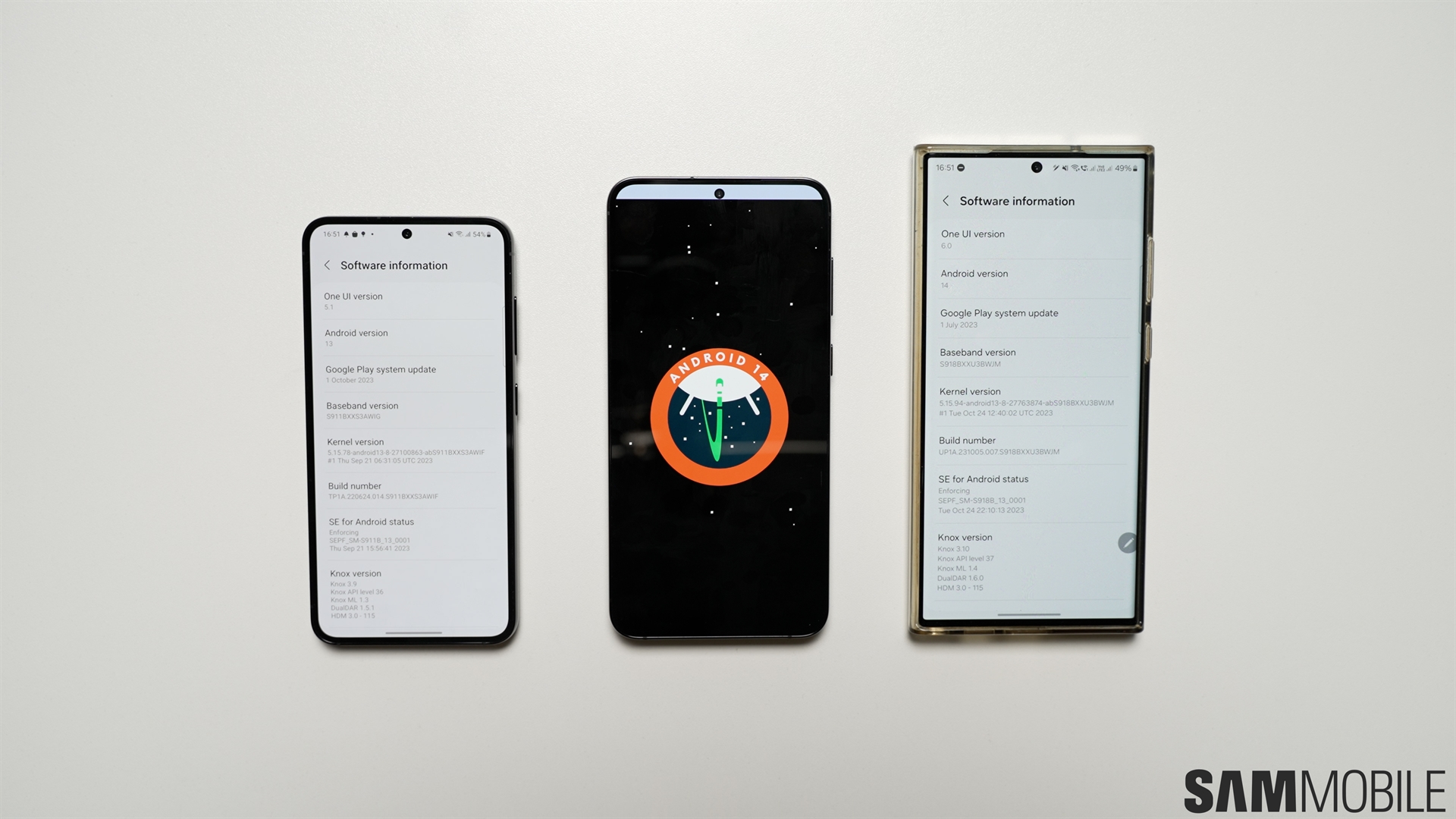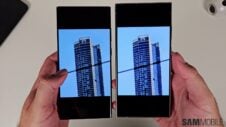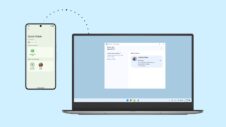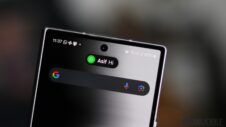Back in 2016, Google introduced seamless updates to Android, a feature that allows a new software update to be installed in the background instead of requiring a reboot and locking the user out from using the device during the update process.
Seamless updates work by installing an update to a secondary system partition instead of the primary one, and then booting from that secondary partition the next time the device is restarted. The primary and secondary partitions are essentially switched upon reboot, and this is a process that is repeated every time a new software update is available.
In addition to preventing the downtime that results when updates are installed without A/B partitions, seamless updates also make the update process safer as one of the two partitions acts as a backup that the device can revert to in case anything goes wrong during the installation process.
However, seamless updates also take up more space on the internal storage, which is likely one of the reasons why Samsung has never bothered to implement the feature on Galaxy devices. But could that change in the near future?
Samsung probably won't change the way it does updates
According to Mishaal Rahman, Google is “preparing to fully remove support for non-A/B updates from Android, leaving A/B updates as the only officially supported OTA update mechanism moving forward,” and some Samsung fans have been wondering what that means for Galaxy smartphones and tablets.
Well, it seems nothing will change for Galaxy devices, as while Google is making seamless updates the primary and only update mechanism in the core Android OS, it is not making it necessary for third-party manufacturers to adopt the feature or stopping them from using their own implementations.
To force seameless updates, Google would have to add it as a requirement in the Google Mobile Services (GMS) license, which every manufacturer, including Samsung, has to obtain in order to enable the use of Google's suite of first-party apps such as the Play Store, Gmail, or YouTube on their smartphones.
Google reportedly tried doing so a few years back but ended up making it a guideline instead of a rule, and Samsung continues to take advantage to this day and will likely continue doing in the future. And that is certainly more desirable, as the software on Galaxy devices takes up a lot of space and duplicating the system partition would reduce the amount of usable storage one gets out of the box.
Furthermore, it's incredibly rare for updates to go wrong on Galaxy smartphones and tablets, and the only disadvantage of not having A/B partitions is that the device becomes unusable for the few minutes it takes to install new firmware. Some Galaxy devices also seem to develop green or pink lines on the display after an update, though that probably isn't something seamless updates would solve anyway.






